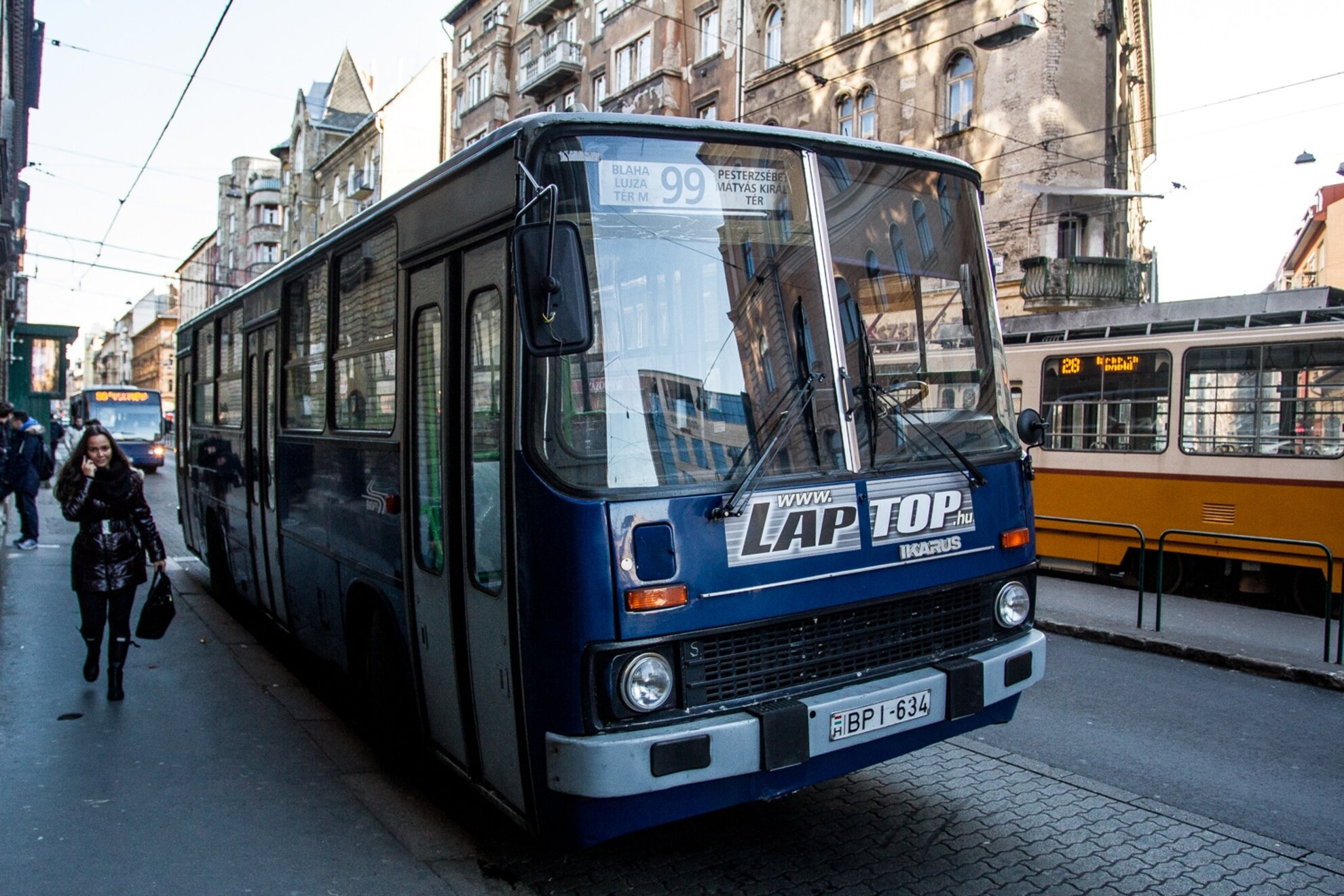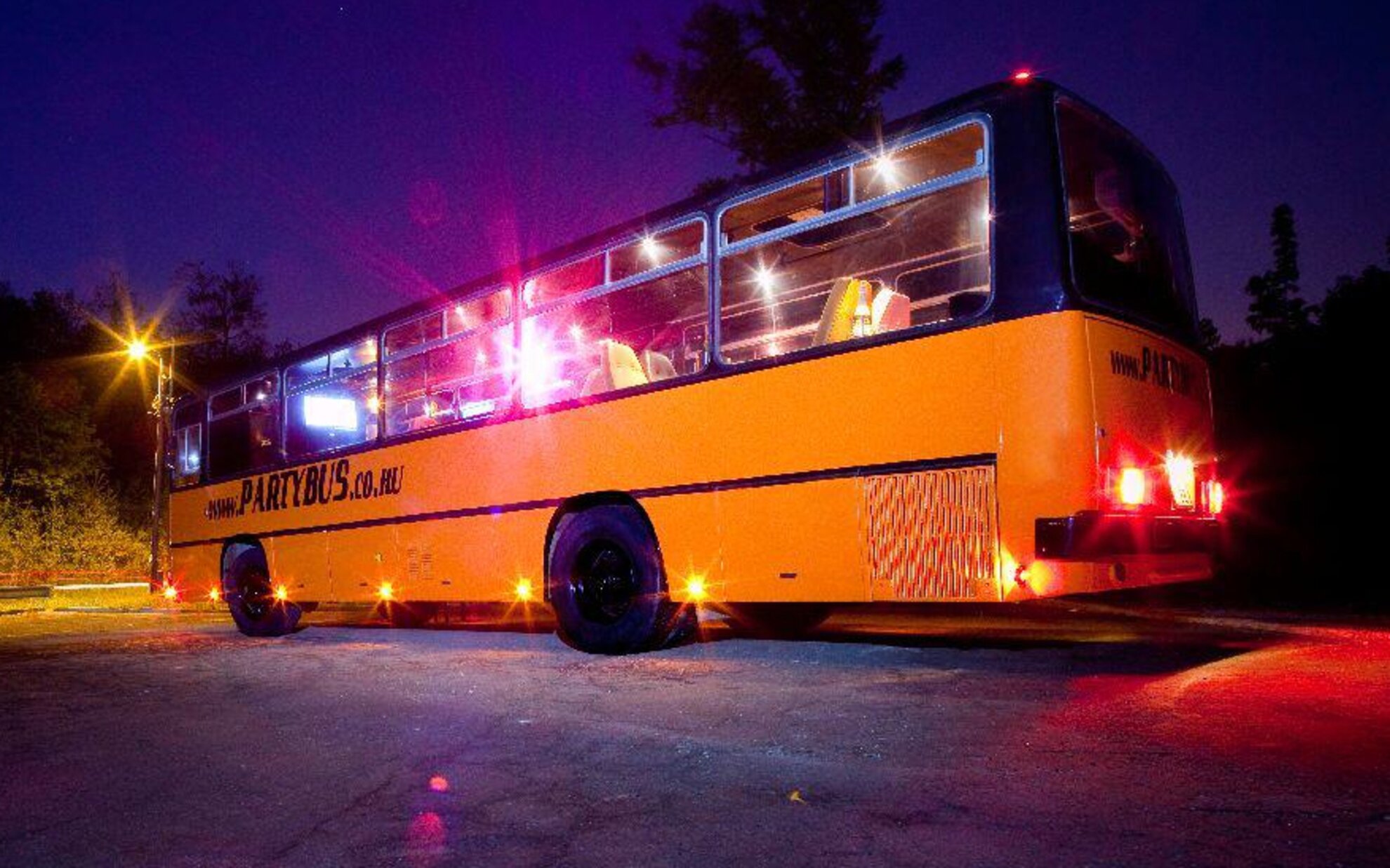In 1895, Magyar blacksmith Imre Uhry opened a simple workshop near Budapest’s City Park, where he and a small crew repaired carriages and produced metal parts; rumor has it that the business owed its original success to the fine wine that Uhry generously poured for his patrons. This was the same year that buses were first powered with internal-combustion engines, but Uhry’s shop would not expand to produce coaches for many years – first they started building primitive cars, small trucks, and military equipment, and this latter product brought considerable prosperity to the company with the onset of World War I.

Despite Hungary’s devastating losses at the conclusion of WWI, Uhry managed to continue his company’s success with increased truck production, and then built their first buses during the 1920s – but the business suffered immensely with the Great Depression’s arrival, and was declared bankrupt in 1932. However, Uhry’s family revived the company soon afterwards with just five employees, and in 1935 received an order from the Budapest city government to build new buses, so the enterprise rebounded over the following few years; by the early 1940s they again built army materiel and vehicles for World War II.

After Hungary’s repeated defeat in WWII and subsequent occupation by the Soviets, Imre Uhry fled the country for the USA in 1945, but his brother Zsigmond attempted to resurrect the business here yet again, focusing on improving Red Army vehicles. It was in 1949 when the company finally received the name it bears today, as the Uhry family enterprise merged with Hungary’s Ikarus airplane manufacturer; the business focused on bus manufacturing ever since then (perhaps with belated recognition of the PR challenges inherent to naming aircraft after a figure of Greek mythology who fell to his death after flying too close to the sun), producing the then-futuristic prototype pictured above in 1952.

The company’s golden age began during the 1950s, as curvaceous new Ikarus bus models with front-mounted engines grew in popularity across the Soviet bloc; along with being exported to other Eastern European countries, Ikarus buses were shipped to China, Burma, Egypt, and beyond, with some 8,000 coaches sent abroad by 1962. Within the next decade, over 100,000 Ikarus buses moved passengers around the planet, and the company became the world’s fourth-largest coach manufacturer in 1973. By the mid-1980s, up to 14,000 Ikarus coaches were produced annually, and crisscrossed city streets in Turkey, Russia, Canada, Cuba, Tunesia, and even Hawaii’s Waikiki Beach.

However, with the fall of Hungary’s communist regime in 1989, the fortunes of Ikarus fell once more – the bus company’s global exports decreased dramatically without the Soviet Union’s international infrastructure, and shoddy construction practices of the late 1980s led to structural corrosion problems in some coaches, damaging the brand’s reputation. Following the company’s restructuring and privatization in the 1990s, Ikarus was eventually purchased by the Iveco-Renault consortium, and after that point bus production was gradually reduced until its total discontinuation in 2005.

Fortunately, Ikarus was rescued in 2007 with the company’s repurchasing under Hungarian ownership, and the business was carefully rebuilt through the servicing of old buses and production of spare parts, while relaunching the manufacture of brand-new buses in 2010. Now operating at Budapest’s Mátyasföld factory along with further facilities in Székesfehérvár, Ikarus is producing modern buses and trolleys that currently ply some routes in Budapest and additional Hungarian locations.

Although other auto manufacturers now provide new buses for Budapest, Ikarus vehicles remain as an integral part of society here, with many decades-old Ikarus coaches still rolling on regularly across the city’s bridges and past its major monuments. In addition to the Ikarus buses and trolleys still in active service for Budapest’s public transportation, a classic 1971 roofless Ikarus model in prime condition is now available to rent for special events by the city’s MB Travel company, while some old Ikarus coaches are currently repurposed as mobile facilities for local filming locations, and others are converted into mobile nightclubs for parties on wheels… which can be seen as something of an homage to Imre Uhry’s alleged habit of giving his clients glasses of good wine.

With the passage of 120 years since Ikarus first took wing in Uhry’s humble Budapest workshop, we raise a glass to this Hungarian icon that still moves us every day – may Ikarus soar on into the next century!




